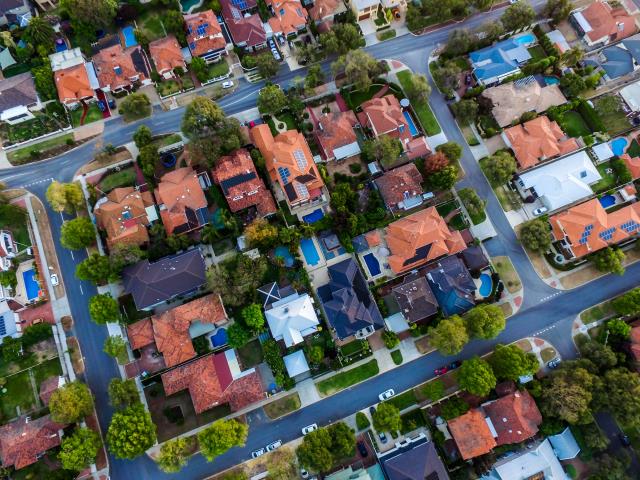
By Mikayla van Loon
With house prices seeing a record decline around the country, local real estate agents are seeing similar trends occur on their doorstep as interest rates push prices down.
The value of house prices has seen its largest decline on record in just nine months since peaking in May last year according to data released by CoreLogic on Monday 9 January.
The Australia-wide figure indicated an -8.4 per cent drop between 7 May 2022 and 7 January 2023, with Victoria showing the third highest downturn of -8.6 per cent.
This broke the previous record when home values fell -8.38 per cent between October 2017 and June 2019 countrywide.
Methven Professionals managing director Geoff Earney said within their group, figures show a five to seven per cent drop in house prices and a 10 to 12 per cent drop in unit prices with the most active prices leaning into the $600,000 to $800,000 range.
While price drops are bringing buyers in, the interest rates are curbing sales, with Mr Earney saying Professionals Real Estate sales have decreased by at least a third compared to the same time last year.
That’s despite seeing between 250 and 390 prospective buyers on average at inspections each week from August to early December in 2022.
“The buyers are out there. They’re just having their wings clipped by the amount of money they can afford to borrow from the bank,” Mr Earney said.
“Interest rates are just below five per cent at the moment and the banks are doing their homework on eight, maybe depending on which bank it is, eight and a half per cent to make sure that future interest rate rises are not going to put the buyers in trouble.”
Given the downward trend of house prices is being attributed to the 300 basis point increase of the cash rate made by the Reserve Bank of Australia (RBA) over eight months, Mr Earney said it will depend on them whether prices fall further or plateau.
“It’ll take a little bit of time for this to settle. It depends on what the Reserve Bank does with the interest rates when they come back in February,” he said.
“The data that’s going to come out will be able to show whether the overall cost of living in the market is slowing and whether they’re trying to get this inflation under control…inflation is being fuelled by things which are beyond all of our control and house prices seem to be one of those ones that are caught up in it.”
Although not sure whether this will be the new normal for house prices, Mr Earney said he does expect interest rates between five and seven per cent to be the new standard more so than the really low rate of three per cent.
“Interest rates were at the lowest they’ve been for years and years and years so people were expecting them to go up but I don’t think we’ve seen such a low base to come up from and then to have such a quick and probably very high amount of interest rate increases over a short period of time.
“If [the RBA] leave interest rates alone in February, it might give people a little bit of stability, to think ‘well, we must be getting near the end of the cycle of the interest rate rises’. If they increase again, I think that will just make people be ultra careful.”
Mr Earney said many people are re-evaluating what is important given the cost of living standards in place at the moment.
“The reality of the interest rates increasing, the cost of living increasing, the cost of gas and electricity increasing, is really starting to take some toll on people.
“They’re now starting to reassess what is a necessity in their life, rather than what would be nice to be able to have and getting back to the basics.”
Alongside interest rate rises, Mr Earney said overall there is rather a limited stock of houses and units being put on the market in the local area and first home buyers are being hit the hardest yet again.
“It still comes down to supply and demand and there is not a lot of supply. People will only be selling if they have a need to sell. In other words, they’re wanting to upgrade or downgrade,” he said.
“First time buyers are probably the ones struggling out there just with the changes of interest rates and what the banks are now prepared to lend them.”
While 12 months ago affordability of house prices was pushing people to the brink, Mr Earney said it is still the same just flipped.
“It was really only affordability that was stopping some people…beforehand, the prices were increasing more than what they could afford to pay and now it’s exactly the same. Instead of the prices increasing, interest rates are increasing, which is holding them back.”
Over his 50 years in real estate, Mr Earney said this is most likely the tenth or eleventh “boom and a bust or change in the market” he has experienced.
“What goes up, comes down but it will come back again. In the last 100 years, the average price of real estate has increased by eight per cent per annum and that’s gone for good times and bad times.
“It’s a general rule of thumb that the general prices of real estate have increased by 10 per cent every 10 years.”
The RBA returns on Tuesday 7 February.






